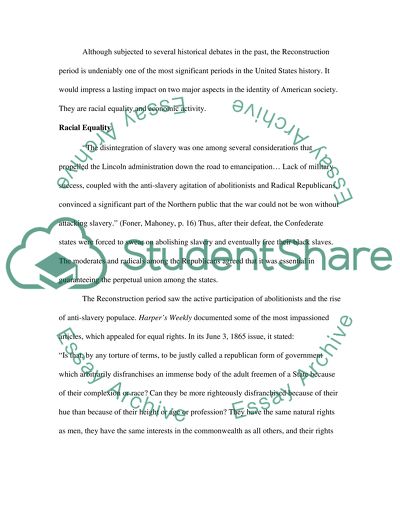Cite this document
(“Describe and analyze the Reconstruction of the American South between Essay”, n.d.)
Describe and analyze the Reconstruction of the American South between Essay. Retrieved from https://studentshare.org/miscellaneous/1536129-describe-and-analyze-the-reconstruction-of-the-american-south-between-1863-abd-1877-what-was-its-impact-on-the-future-of-american-society
Describe and analyze the Reconstruction of the American South between Essay. Retrieved from https://studentshare.org/miscellaneous/1536129-describe-and-analyze-the-reconstruction-of-the-american-south-between-1863-abd-1877-what-was-its-impact-on-the-future-of-american-society
(Describe and Analyze the Reconstruction of the American South Between Essay)
Describe and Analyze the Reconstruction of the American South Between Essay. https://studentshare.org/miscellaneous/1536129-describe-and-analyze-the-reconstruction-of-the-american-south-between-1863-abd-1877-what-was-its-impact-on-the-future-of-american-society.
Describe and Analyze the Reconstruction of the American South Between Essay. https://studentshare.org/miscellaneous/1536129-describe-and-analyze-the-reconstruction-of-the-american-south-between-1863-abd-1877-what-was-its-impact-on-the-future-of-american-society.
“Describe and Analyze the Reconstruction of the American South Between Essay”, n.d. https://studentshare.org/miscellaneous/1536129-describe-and-analyze-the-reconstruction-of-the-american-south-between-1863-abd-1877-what-was-its-impact-on-the-future-of-american-society.


